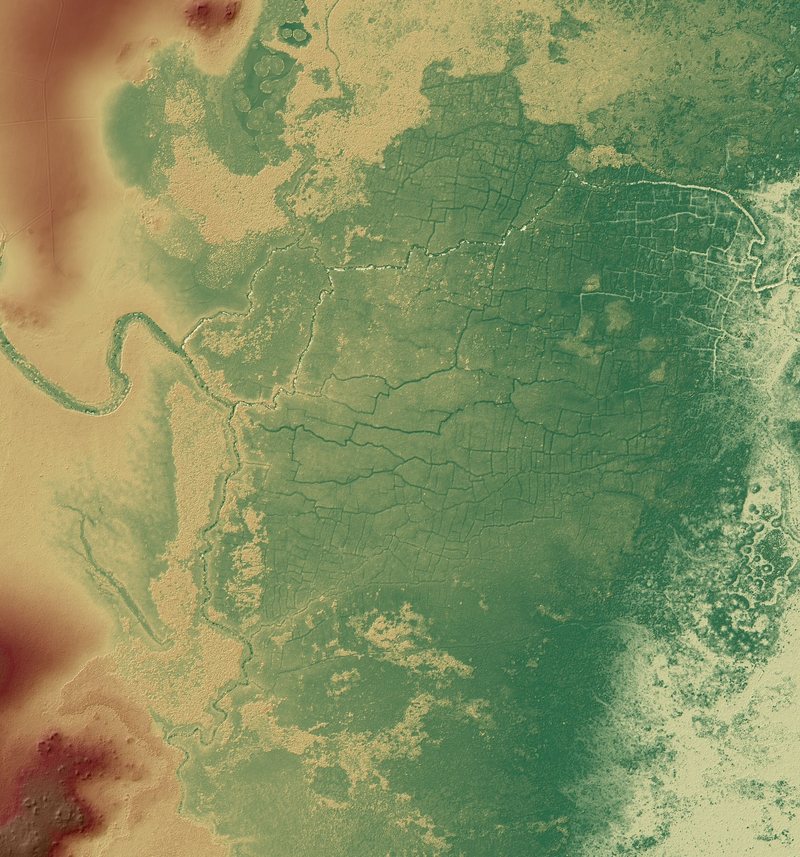-

In spite of all of our dry weather, I have not seen any stories about problems with water supply up until today. The big reservoirs that supply Atlanta are down somewhat but still have plenty of water since the drought has been relatively short-lived so far. But cities that have smaller reservoirs or that depend…
-

I’ve written about the Cloud Appreciation Society in this blog before, but here’s a new story about this dedicated group of sky watchers from WBUR‘s “Here and Now” which you might find interesting. You can read it and see lots of spectacular cloud images at https://www.wbur.org/hereandnow/2019/10/11/cloud-appreciation-society. I am even more excited because the founder of…
-

One year ago this past week, Hurricane Michael came ashore in the Panhandle of Florida and devastated local agriculture in Florida, Alabama and Georgia. As the Atlanta Journal-Constitution points out, many farmers in this region are still waiting for aid a year later. You can read more here. Southeast Farm Press also has an interesting…
-

The persistent high pressure center is finally moving out of the region, allowing a cold front with associated showers to move in from the northwest. This could bring up to a few inches of rain for most of Alabama and South Carolina, northern Georgia and North Carolina, with lesser amounts in eastern Virginia. Most of…
Posted in: Climate outlooks -

Because of the drought which is currently affecting the Southeast, including most of Georgia, the GA Department of Agriculture has launched a hay exchange program for farmers who either need hay for their livestock or who have hay to sell. You can read more about it and find the link to the program at https://www.morningagclips.com/gda-announces-hay-exchange-program/.…
-

I know some of you like to read about the history of climate and agriculture. Here is an interesting story from Atlas Obscura about the Mayan civilization and how it drained swampland to make irrigated farmland that provided food for their society. They are still finding more places where farmland was created, which indicates that…
-

Every fall, deciduous trees in the Southeast (and elsewhere in the country) change color. Every year, we get asked why. The North Carolina Climate Office has a good description at https://climate.ncsu.edu/climateblog?id=302&h=5666e5c1. Will this year’s drought impact the leaf color in the Southeast? WSB addresses that in a recent article here.